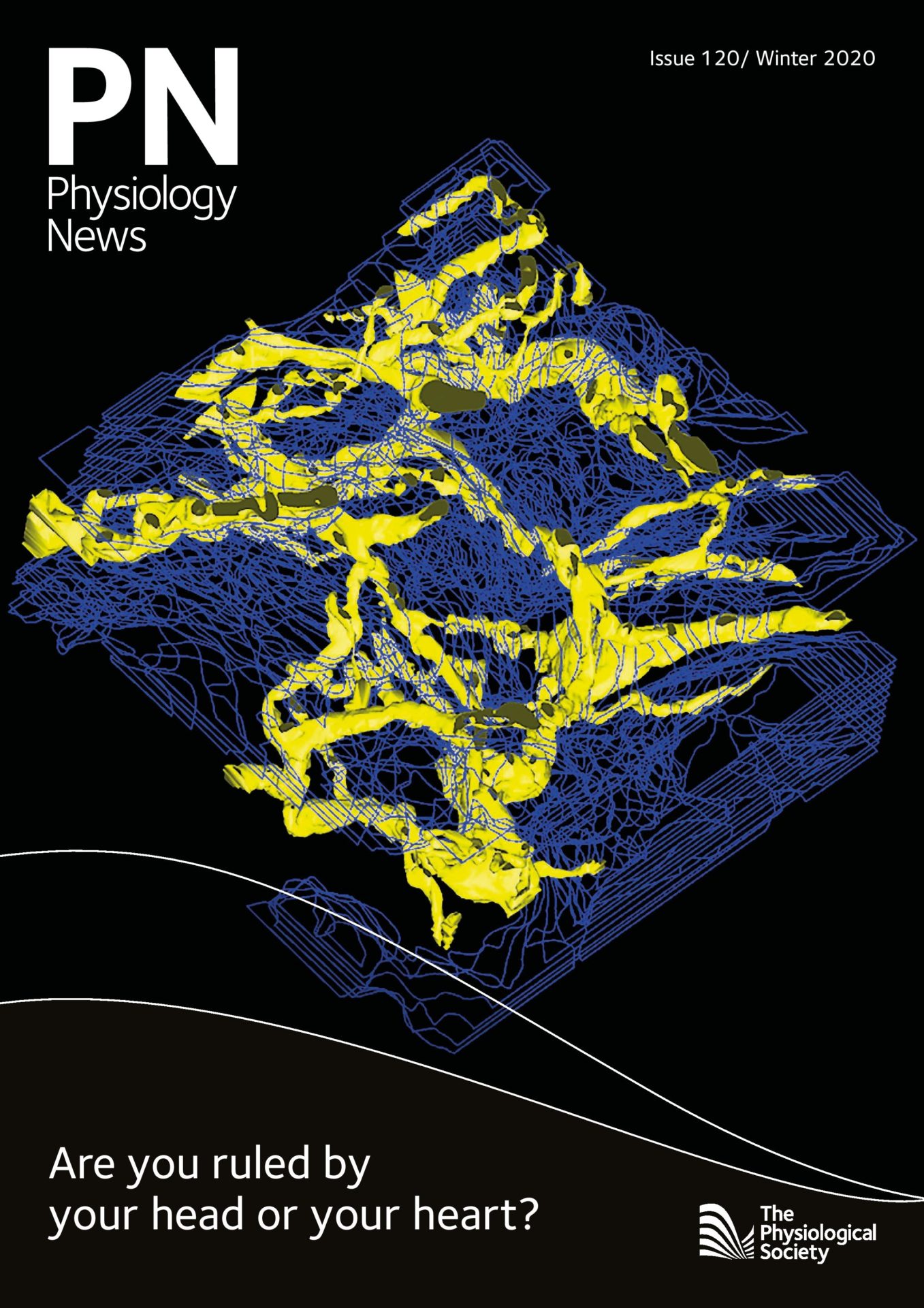
Physiology News Magazine
Variability: How to Deal with It, Interpret It, and Learn from It
Events
Variability: How to Deal with It, Interpret It, and Learn from It
Events
Rodrigo Fernandez-Gonzalo, Karolinska Institutet, Sweden
https://doi.org/10.36866/pn.120.15
In October 2020, The Physiological Society organised, in collaboration with the European Space Agency and sponsored by the Energy Institute, a virtual symposium about individual variability. The event was divided into several themes including individual response to exercise and training, space physiology, and temperature regulation on day one, and clinical and industry settings on day two, to conclude with a specific section about how to deal with individual variability from a statistical perspective.
Physiologists certainly acknowledge that there is variability in the response to an intervention. Yet, not enough attention has been paid to how to approach this issue methodologically, which has led to erroneous claims about individual responsiveness to specific interventions. This is why some of us in the field of physiology were so eager to take part in this symposium. The interest generated through the event exceeded the expectations of many participants and the organisers.
During the different presentations, we could enjoy a wide range of examples on how to address individual variability. These presentations highlighted the pros and cons of different approaches, and the challenges that researchers face. During day one, it became obvious that the work to analyse the individual variability in response to a certain intervention should start during the study design with, for example, the need for a control group or the use of cross-over designs with a control intervention.
On day two, the talk by Lindsay Edwards describing how researchers try to purposely increase variability in different systems biology models to study natural diversity, broke some stereotypes about variability with a clear take-home message: scientists should embrace, rather than avoid, individual variability. After all the talks, some questions remained unanswered, but they were elegantly addressed by the two expert physiology statisticians presenting at the end of day two, Alan M Batterham and Greg Atkinson.
The networking sessions at the end of each day deserve special attention. It was a real pleasure and a good learning experience to discuss specific issues among the attendees, including at least one or two of the speakers in each group. During these sessions, it was clear that there is a need for events like this one, where researchers could get together and, with the help of statisticians, design and analyse their studies using the correct tools to shed light on the variability of the individual response to an intervention.
All in all, I personally enjoyed the workshop, and I look forward to the second edition next year, a feeling that I am sure is shared among the majority of the attendees and speakers. I would like to finish this short reflection by thanking Michael Tipton and Igor Mekjavic, the organisers of the workshop, for their great work. See you at #Variability2021!
